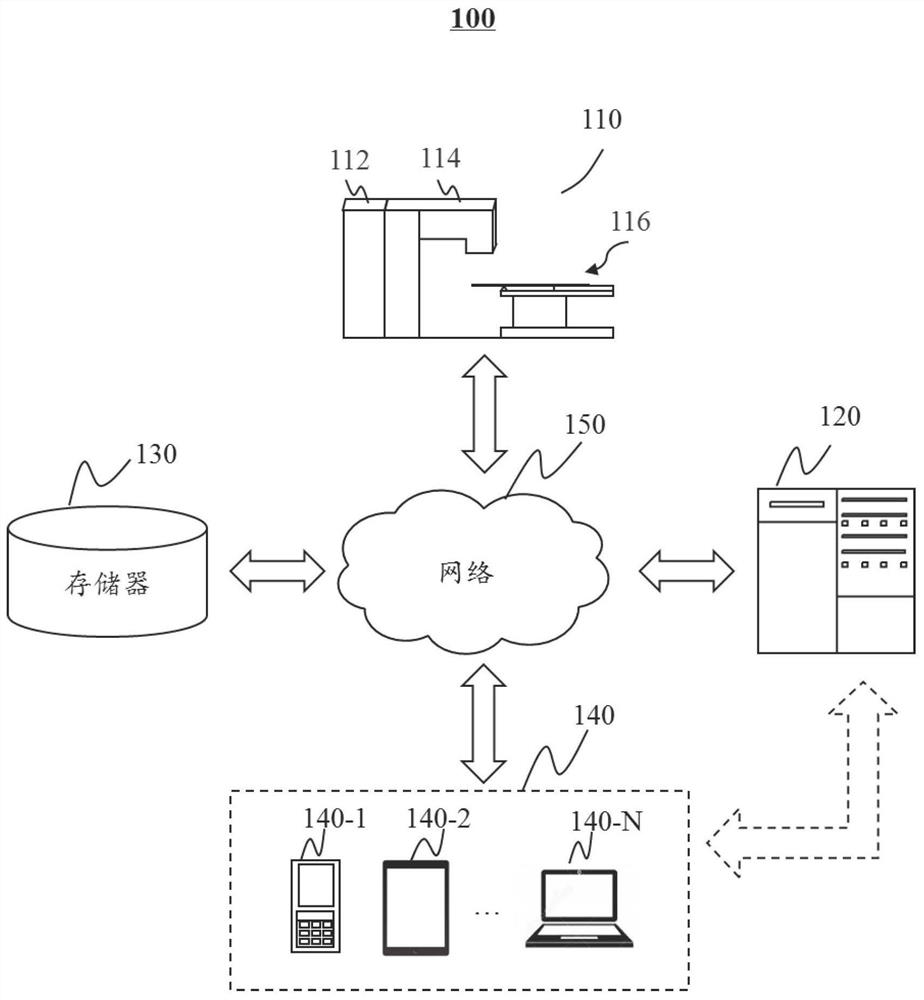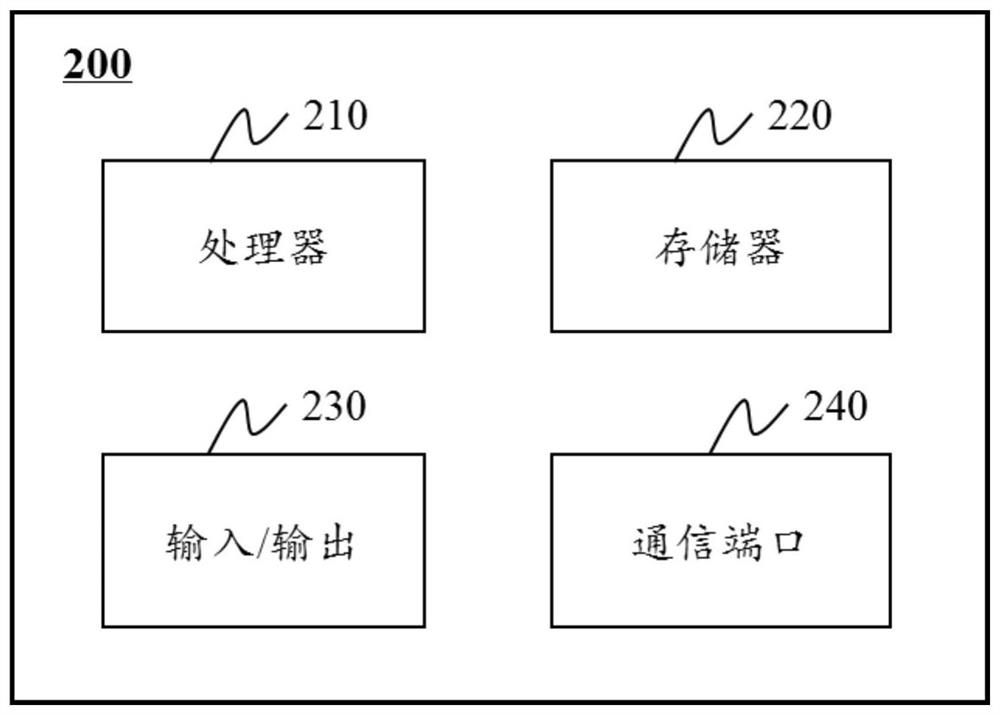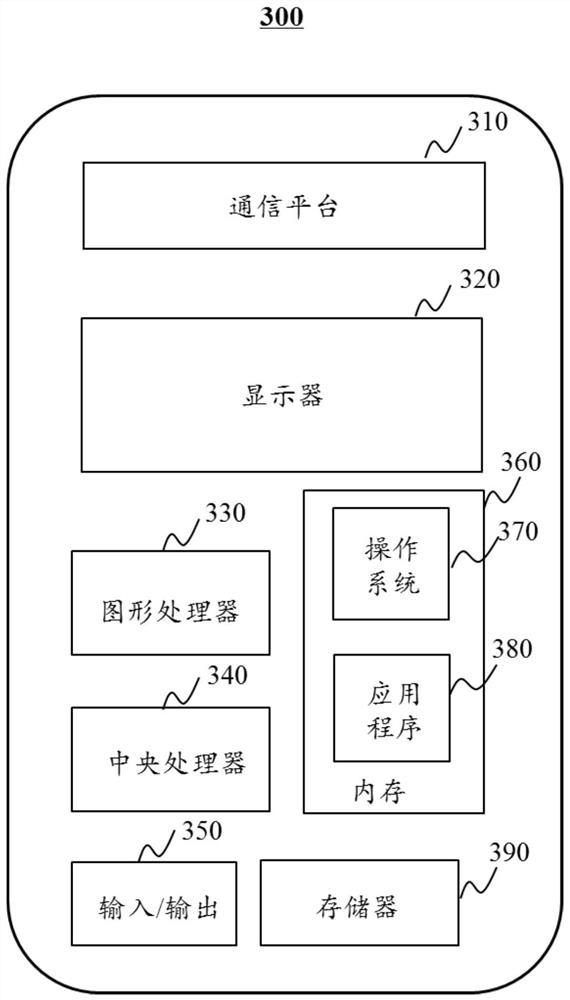System and method for reducing radiation dose
A dose and noise reduction technology, applied in the field of medical and medical systems, can solve the problems of reducing image quality, impact, and patient exposure to radiation, and achieve the effects of improving image quality, reducing image noise, and improving performance
- Summary
- Abstract
- Description
- Claims
- Application Information
AI Technical Summary
Problems solved by technology
Method used
Image
Examples
Embodiment 1
[0175] Example 1, Exemplary images of different dose levels.
[0176] Figure 13A and Figure 13B are exemplary images of different dose levels shown according to some embodiments of the present application. Figure 13A The first image shown in and Figure 13B The second image shown in represents the same abdomen of the subject. The first image corresponds to the first equivalent dose. The second image corresponds to a second equivalent dose that is less than 85% of the first equivalent dose. The noise level shown in the second image is greater than the noise level shown in the first image.
Embodiment 2
[0177] Example 2, Exemplary images of different dose levels.
[0178] Figures 14A-14C Exemplary images of different dose levels are shown according to some embodiments of the present application. Figure 14A The first image shown in, Figure 14B The second image shown in and Figure 14C The third images shown in both represent the same region of interest of the object. The first image corresponds to the first equivalent dose. The second image corresponds to a second equivalent dose higher than the first equivalent dose. According to process 800, a second image is generated based on the first image using a denoising neural network model. The third image corresponds to a third equivalent dose which is higher than 85% of the first equivalent dose. The noise level shown in the second image is lower than that shown in the first and third images.
Embodiment 3
[0179] Example 3, Exemplary Images of Different Dose Levels Generated Based on Different Reconstruction Algorithms.
[0180] Figures 15A-15C Exemplary images of different dose levels generated based on different reconstruction algorithms are shown according to some embodiments of the present application. Figure 15A The first image shown in, Figure 15B The second image shown in and Figure 15C The third image shown in represents the same region of interest of the object. The first image corresponds to the first equivalent dose. The first image is generated based on a filtered back-projection reconstruction algorithm. The second image corresponds to a second equivalent dose. The second equivalent dose is 55% of the first equivalent dose. The second image is generated based on a filtered back-projection reconstruction algorithm. The third image corresponds to a third equivalent dose that is the same as the second equivalent dose. according to Figure 9 In the shown pr...
PUM
 Login to View More
Login to View More Abstract
Description
Claims
Application Information
 Login to View More
Login to View More - R&D
- Intellectual Property
- Life Sciences
- Materials
- Tech Scout
- Unparalleled Data Quality
- Higher Quality Content
- 60% Fewer Hallucinations
Browse by: Latest US Patents, China's latest patents, Technical Efficacy Thesaurus, Application Domain, Technology Topic, Popular Technical Reports.
© 2025 PatSnap. All rights reserved.Legal|Privacy policy|Modern Slavery Act Transparency Statement|Sitemap|About US| Contact US: help@patsnap.com



